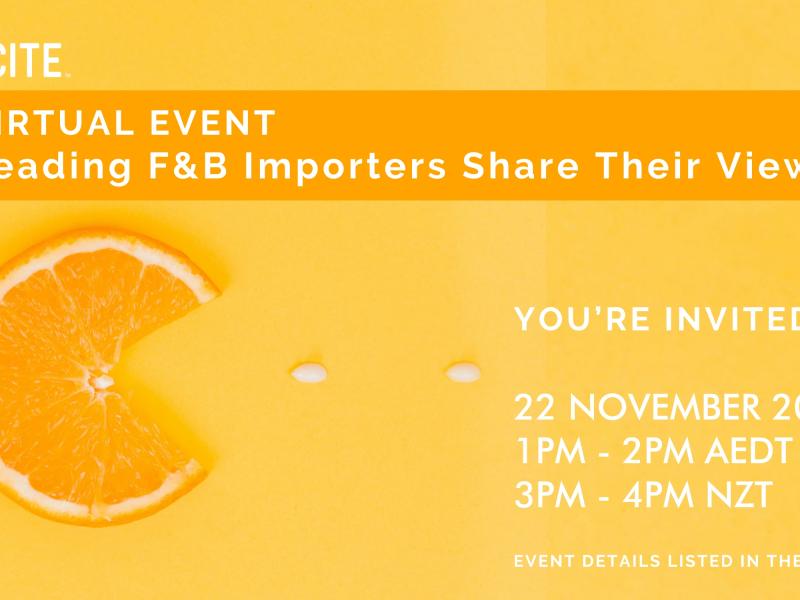By Fay Nie.
You might think your product sales in China rely mainly on distributors. Or perhaps you haven’t launched any marketing activities in China yet. Why would you need to think about a Chinese name?
A Chinese name is a must if you want to do better business in the China market. Here are four top tips about the 'why and how' of using a Chinese brand name.
1. Give your brand a Chinese name to keep your commercial advantage and avoid problems with naming rights.
You might agree that it’s better to have a Chinese name than not to. But you may not realise that you need to name your brands as early as possible and before others — consumers, importers, or distributors — name it for you. If you’re lucky, the name might not be so bad, even easy to pronounce. But it’s likely to be flawed in how it transfers the core values of your brand. And later you could find that a widespread name can’t be registered.
Before Burberry announced it had an official Chinese name, a name pronounced ‘Ba Bao Li’ was created and used widely by Chinese consumers. Generally speaking, the association of this name is positive. But it’s very feminine and a little clichéd, which doesn’t reflect Burberry’s men’s and women’s product lines, nor its brand essence as a British luxury brand. What’s worse is this name is already registered by others. Burberry finally chose a name that represents its brand values and successfully registered it. But they never managed to change the deep impression in peoples' minds and the habit of using the old name.
2. There is nothing to lose by having a Chinese name, because you don’t have to use it everywhere.
You can have it only on the import tag at the back of your product package, or make it stand out by designing a logo with the Chinese name.
Where and when you use the name depends on your product category, brand positioning, and the media. For an FMCG brand, like Coca-Cola, targeting a mass market, it’s necessary to have the Chinese version of the logo and to use it in all brand communication. But a luxury brand, such as Louis Vuitton, is usually more moderate in using its Chinese name. We only see its Chinese name at press conferences and on websites.
Online media, especially the social network, is where a Chinese name is used widely even for the luxury category. E-commerce is an important distribution channel in China. A good Chinese name is a must for consumers to be able to talk about your brand and products online.
3. Test the name across the many different dialects in China.
China is a very complex geographic market. Every province, even every city, may have its own dialect. And dialects are widely used in people’s oral communication. A Chinese name may be pronounced differently in different dialects. To guarantee your Chinese brand name is easy to pronounce and has no negative associations across China, test it in some main dialects before you launch it.
For their used car business brand ‘Das WeltAuto’ I helped Volkswagen group create a Chinese name. Before deciding on the final name, we took three potential names through a test across 14 main dialects. The test covered important cities with a population of over ten million.
My suggestion would be to test at least Cantonese. It is a dominant dialect in Hong Kong and the affluent province Guangdong, while also widely used among Chinese around the world.
4. Know the process and time for registering the name.
If your brand name appears in the China market without prior registration, someone else will register it and make you pay to buy it back. Knowing more about the regulation of trademark registration will help you to avoid this risk. The official timeframe for processing the registration is nine months. This means that if you want to use your Chinese name, you need to plan ahead and begin the registration process at least nine months beforehand.
Before registering your name, check it with a professional registration agency. In the auditing process, the trademark bureau might consider your name is similar to a registered trademark and reject your application. Professional registration agents can use their experience to let you know if the name is too difficult to register. But no one can guarantee your favourite name will be accepted for registration after a long period of waiting. Consider putting three or more names into the registration. You can then choose the final name from the successfully registered ones.
Obviously there are a lot of things to do before you launch your brand into the China market. The name and trademark issues are some things you shouldn’t ignore. If you haven’t already started thinking about them, start now.
Fay Nie is a brand strategist at Ocean Design - an independent, New Zealand-owned creative company based in Wellington. Contact fay@oceandesign.co.nz or go to www.oceandesign.co.nz





